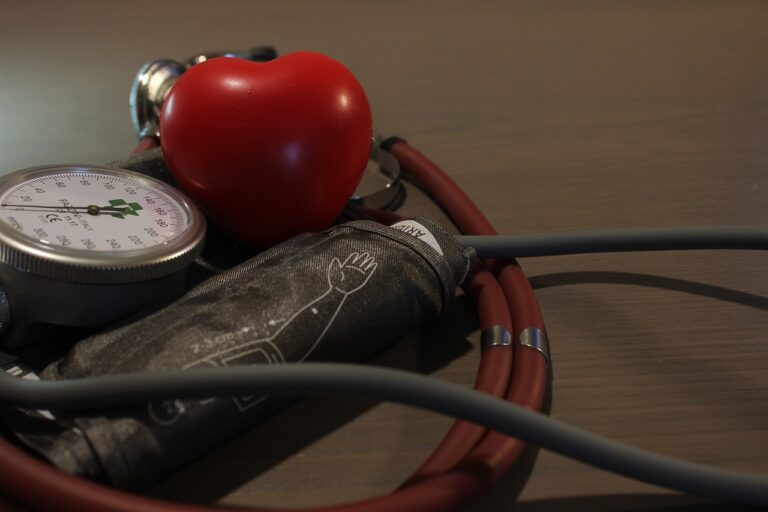The Role of Digital Detox in Mental Health Maintenance
Constant connectivity to digital devices has undeniably transformed the way we live and interact with the world around us. With smartphones, tablets, and laptops constantly at our fingertips, it’s easier than ever to stay connected and informed. However, this constant state of connectivity can have a significant impact on our mental health.
Studies have shown that excessive screen time and constant notifications from social media and messaging apps can lead to increased feelings of stress, anxiety, and even depression. The pressure to be constantly available and responsive can take a toll on our mental well-being, leading to issues such as poor sleep quality, decreased productivity, and overall feelings of overwhelm. It’s important to recognize the effects of constant connectivity on our mental health and take steps to find balance in our digital lives.
• The constant stream of information and notifications can lead to increased feelings of stress and anxiety
• Excessive screen time has been linked to poor sleep quality and decreased productivity
• The pressure to always be available and responsive can contribute to feelings of overwhelm
• It is important to find a balance between staying connected digitally and taking care of our mental health
Recognizing the Signs of Digital Burnout
Digital burnout can manifest in many ways, often starting with feelings of exhaustion, irritability, and lack of motivation. Individuals may also experience difficulty focusing, increased forgetfulness, and a sense of being constantly overwhelmed by their digital devices and responsibilities. These symptoms can lead to disrupted sleep patterns, as well as a decrease in overall happiness and satisfaction with both personal and professional life.
Moreover, physical symptoms such as headaches, eye strain, and neck pain can also be common indicators of digital burnout. In severe cases, individuals may find themselves isolating from friends and family, experiencing heightened levels of anxiety or depression, and developing a sense of detachment from reality. It is crucial to pay attention to these signs and address digital burnout before it escalates further and begins to significantly impact one’s mental health and well-being.
Benefits of Taking Breaks from Technology
In today’s fast-paced digital world, the benefits of taking breaks from technology cannot be understated. Unplugging from our devices, even for a short period, allows our minds to rest and recharge. Constant exposure to screens and notifications can lead to increased stress and anxiety levels, making it crucial to find moments of respite amidst the digital noise.
Taking breaks from technology also promotes better sleep patterns and overall well-being. The blue light emitted from screens interferes with our circadian rhythms, making it harder to fall asleep and stay asleep. By consciously disconnecting from our devices before bedtime, we give our brains the opportunity to unwind, leading to more restful and rejuvenating sleep.
How does constant connectivity impact mental health?
Constant connectivity can lead to increased levels of stress, anxiety, and even depression as individuals struggle to disconnect and unwind from the digital world.
What are some signs of digital burnout?
Some signs of digital burnout include feeling overwhelmed by the constant influx of information, struggling to concentrate, and experiencing physical symptoms like headaches or eye strain.
What are the benefits of taking breaks from technology?
Taking breaks from technology can help improve mental health, increase productivity, and foster better relationships by allowing individuals to disconnect and recharge.
How can I recognize when it’s time to take a break from technology?
It may be time to take a break from technology if you find yourself feeling constantly stressed, unable to focus, or if you notice physical symptoms like headaches or eye strain.







